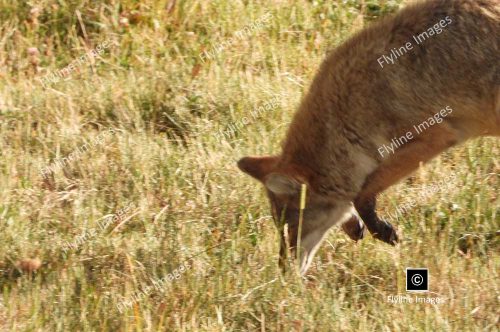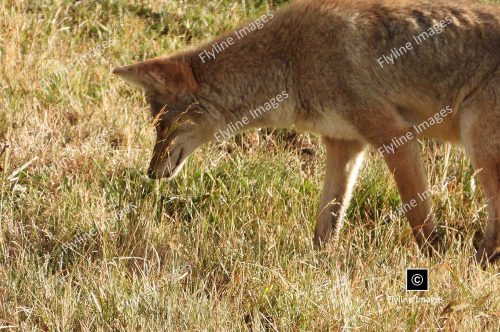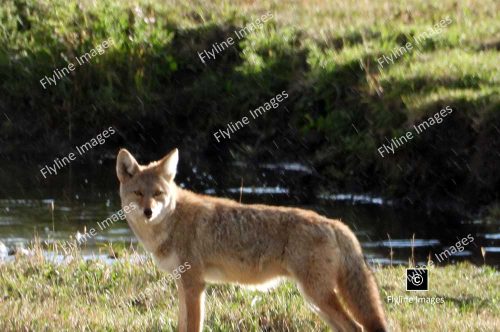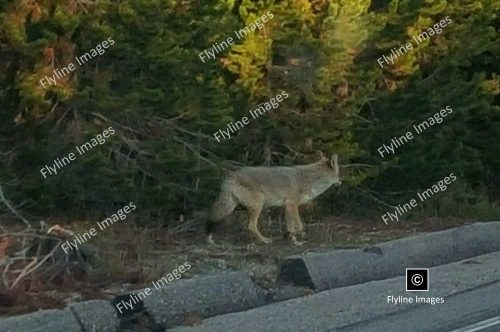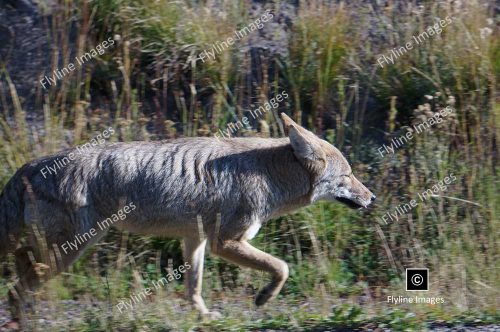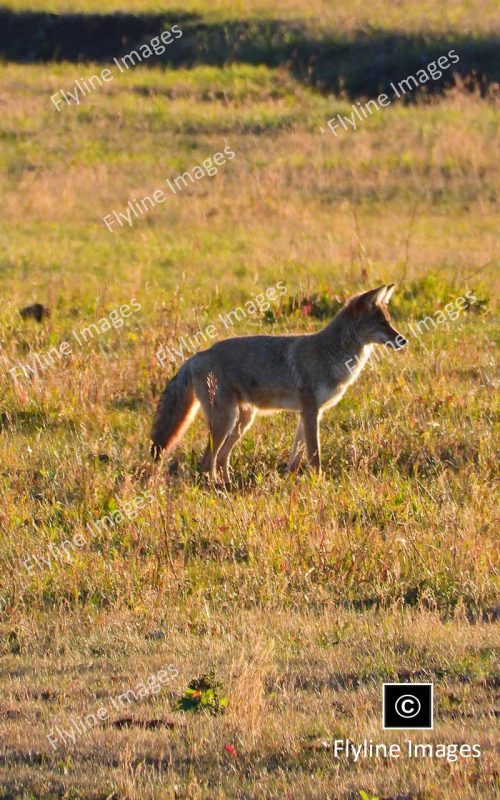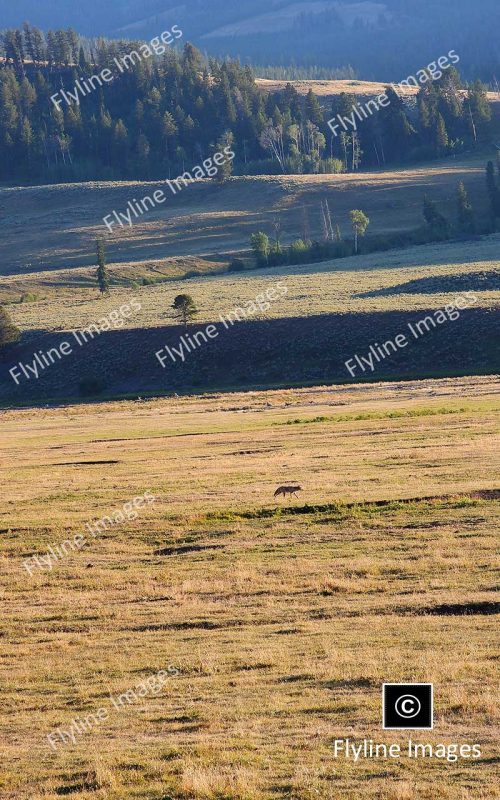Coyotes
Highly Adaptable Canids, Predatory Creatures
Coyotes are highly adaptable canids that have thrived in a variety of environments, including Yellowstone National Park. Their success in this ecosystem can be attributed to several factors. Firstly, Yellowstone’s diverse habitats, ranging from forests to grasslands, provide abundant food sources, including small mammals, deer, and carrion from other predators’ kills. Additionally, the park’s protected status limits human encroachment, allowing coyote populations to flourish without the threat of habitat loss. Furthermore, their resourcefulness in hunting and scavenging, combined with social structures that enable pack behavior, enhances their ability to thrive in this dynamic environment. The reintroduction of wolves in Yellowstone also plays a role; while it alters predator dynamics, it has increased coyote numbers due to the availability of leftover scavenging opportunities.
Portrait Style Images
More About Coyotes
Coyotes are also known for their cleverness and adaptability, which has allowed them to thrive in human-altered landscapes outside of Yellowstone National Park. This includes urban areas where they have learned to live alongside humans, scavenging food from trash cans and even hunting small pets.
Their role as a top predator in the park also has important effects on the ecosystem. By controlling populations of smaller prey species, coyotes help maintain balance and diversity within the ecosystem. In turn, this can have cascading effects on other species, such as plants and insects, that rely on these smaller animals for survival.
While Yellowstone may be a haven for coyotes currently, their future remains uncertain due to various threats. Climate change, for example, may affect their food supply and habitats, making it more difficult for them to thrive. Human activities such as hunting and trapping also pose risks to coyote populations.
To ensure the continued success of coyotes in Yellowstone National Park, ongoing conservation efforts are necessary. This includes monitoring their populations and studying their behaviors, as well as educating the public on their importance within the ecosystem. By understanding and valuing these adaptable canids, we can continue to coexist with them in a way that benefits both humans and wildlife alike. Coyotes serve as a reminder of the resilience of nature and our responsibility to protect it for future generations. So let’s continue to appreciate these intelligent animals and work towards their conservation in Yellowstone National Park and beyond.
As with many species, the success of coyotes in Yellowstone is not just important for their own survival, but also for the health of the entire ecosystem. This highlights the interconnectedness of all living beings and the importance of preserving biodiversity.
In addition to their ecological role, coyotes also hold cultural significance for many indigenous peoples, who have lived alongside them for centuries. Their adaptability and resilience have been admired by these communities and incorporated into traditional stories and practices.
Furthermore, studying coyotes can provide valuable insights into animal behavior, genetics, and evolution. As apex predators with complex social structures, they offer a unique opportunity for researchers to better understand the natural world.
Coyotes are not just elusive and intriguing creatures that have managed to thrive in Yellowstone National Park; they also serve as an important reminder of the delicate balance within ecosystems and our responsibility to protect it. By continuing to study and conserve these adaptable canids, we can learn more about their fascinating characteristics and ensure their place in the diverse landscape of Yellowstone for generations to come. So let’s continue to appreciate these intelligent animals and work towards their conservation in Yellowstone National Park and beyond.



